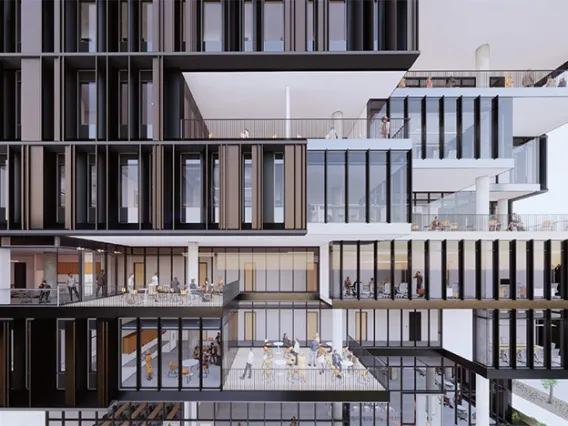Facilities
Molecular Structures Core
The Molecular Structures Core (MSC) enables researchers to determine the structures and dynamics, or motions, of large biomolecules such as proteins and DNA to understand how they interact with each other and with small molecules such as drugs.
Facility Link
Facility Category
Date
Analytical & Biological Mass Spectrometry
At the Analytical & Biological Mass Spectrometry Facility (ABMS), we have state-of-the-art equipment and unparalleled expertise for the analysis of a variety of biological and small molecules. One of our specializations includes protein-analysis encompassing: protein identification, protein and peptide sequence confirmation, intact protein molecular weight determination, complex protein sample analysis, and protein/antibody-drug interactions. In addition to proteomics, the ABMS team has developed an in-house metabolomics library (currently containing >700 compounds) to support metabolomic and lipidomics analysis, enabling the interrogation of the underlying metabolomic and lipidomics profiles. Through this proteomics, metabolomics, and lipidomics analysis, a greater in-depth and multi-omics profiling is achieved.
Facility Link
Facility Category
Biosphere 2
A living laboratory for controlled scientific studies of Earth systems, an arena for scientific discovery and discussion, and a provider of public education.
Image

Institute Link


